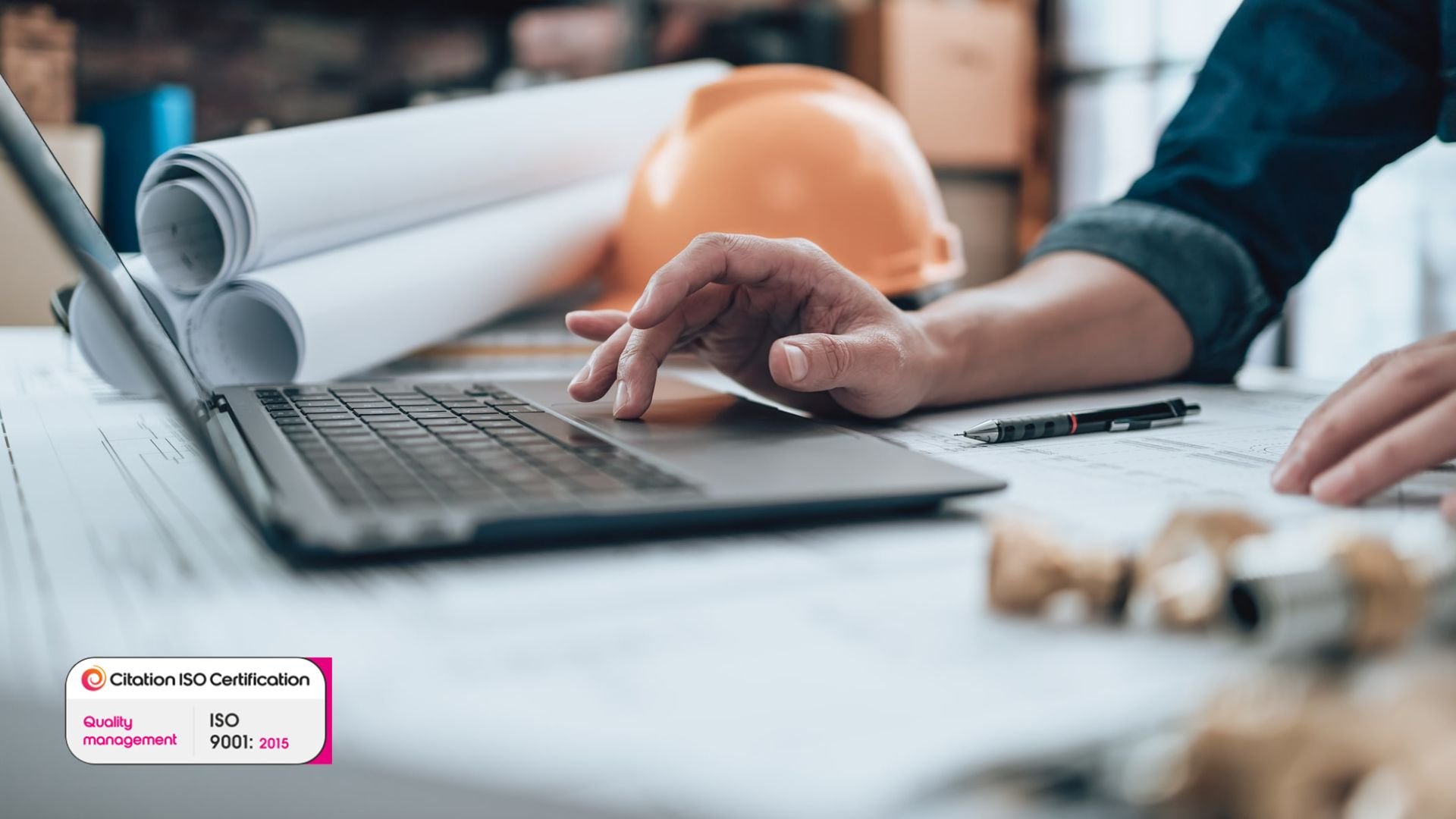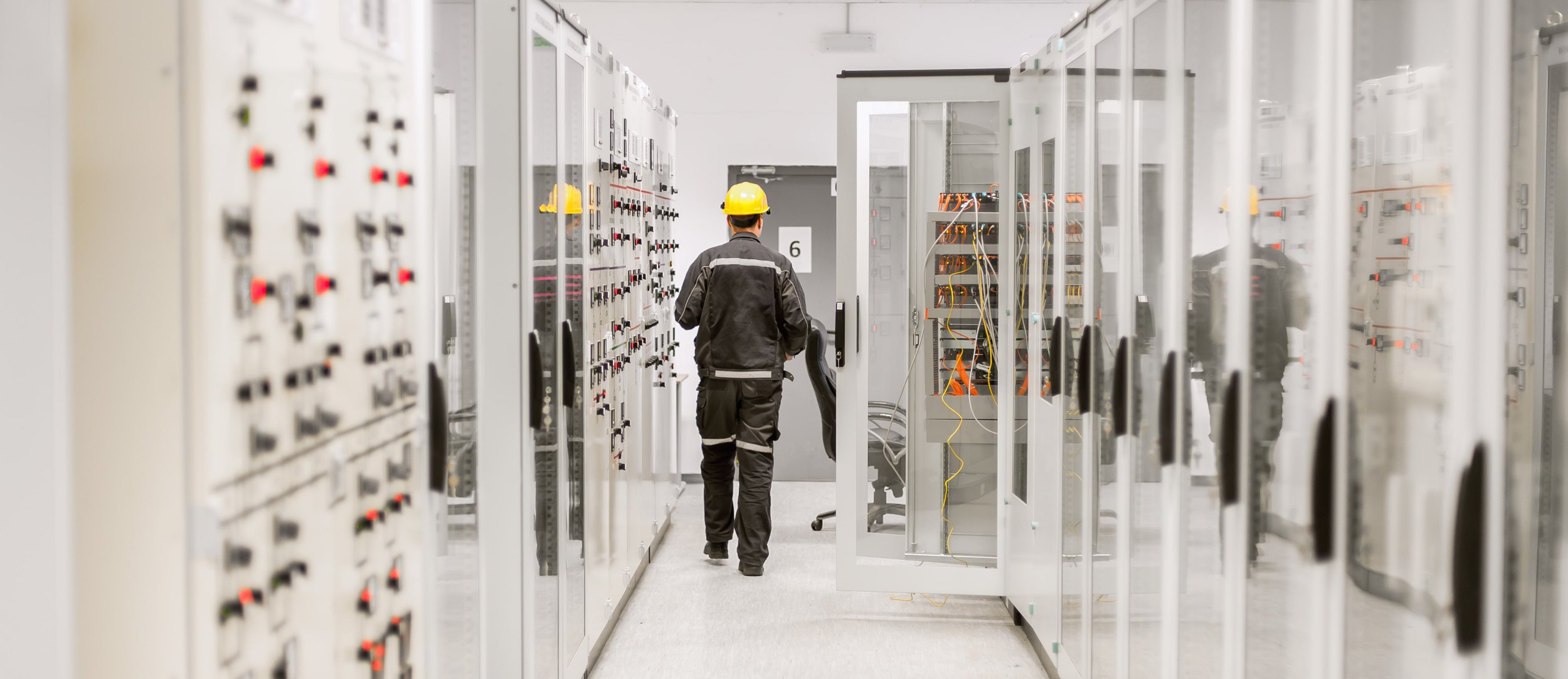The 5 Most Common Educational Refurbishment Tasks
Educational institutions, from primary schools to universities, often undergo refurbishment projects to ensure that their facilities remain conducive to learning and meet the evolving needs of students and staff. These refurbishment tasks encompass various areas, each essential for maintaining a safe, functional, and inspiring learning environment. Let's explore the five most common educational refurbishment tasks in detail:
1. Classroom Renovations
Classrooms are the heart of any educational institution, serving as the primary space for teaching and learning. Renovating classrooms involves updating various elements to enhance functionality, aesthetics, and comfort. This may include installing new flooring to improve acoustics and durability, updating lighting fixtures to create a brighter and more energy-efficient environment, and upgrading furniture to accommodate modern teaching methods and technologies. Additionally, classroom renovations often involve refreshing paintwork and decorations to create a stimulating and inviting atmosphere conducive to learning.
2. Technology Integration
In today's digital age, technology is increasingly vital in education, facilitating interactive learning experiences and expanding access to educational resources. As such, one of the most common refurbishment tasks in academic institutions is integrating technology into classrooms and other learning spaces. This may involve installing interactive whiteboards or smartboards, upgrading audiovisual equipment such as projectors and sound systems, and ensuring robust internet connectivity throughout the campus. By embracing technology, educational institutions can enhance teaching effectiveness, engage students more effectively, and prepare them for success in a technology-driven world.
3. Safety and Security Upgrades
Ensuring the safety and security of students, staff, and visitors is a top priority for educational institutions. Therefore, another common refurbishment task is implementing safety and security upgrades throughout the campus. This may include installing surveillance cameras and access control systems to monitor and restrict access to sensitive areas, upgrading lighting to improve visibility and deter criminal activity, and implementing emergency communication systems to notify occupants in the event of a crisis quickly. By investing in safety and security upgrades, educational institutions can create a secure and reassuring environment where students can focus on their studies without distraction or fear.
4. Kitchen and Dining Facilities
Healthy and nutritious meals are essential for student well-being and academic success. As such, refurbishing kitchen and dining facilities is another common task for educational institutions. This may involve upgrading kitchen equipment to improve efficiency and food quality, renovating dining halls to create more inviting and comfortable spaces, and implementing sustainable practices such as composting and recycling to reduce environmental impact. By investing in kitchen and dining refurbishments, educational institutions can promote healthy eating habits, enhance the student experience, and create a sense of community around shared meals.
5. Outdoor Spaces
Outdoor spaces promote physical activity, social interaction, and environmental education. Therefore, refurbishing outdoor spaces such as playgrounds, sports fields, and gardens is a common task for educational institutions. This may involve installing new playground equipment to encourage active play and exploration, renovating sports fields to improve safety and usability, and landscaping gardens to create tranquil and inspiring outdoor learning environments. By revitalizing outdoor spaces, educational institutions can provide students with opportunities for physical exercise, socialization, and connection with nature, enhancing their overall well-being and academic performance.
In conclusion, educational refurbishment projects encompass various tasks to enhance the learning environment and support student success. From classroom renovations to technology integration, safety and security upgrades, kitchen and dining refurbishments, and outdoor space revitalization, these tasks are crucial in ensuring that educational institutions remain vibrant, welcoming, and conducive to learning in the 21st century. By investing in refurbishment projects, academic institutions can create environments where students can thrive and reach their full potential.




